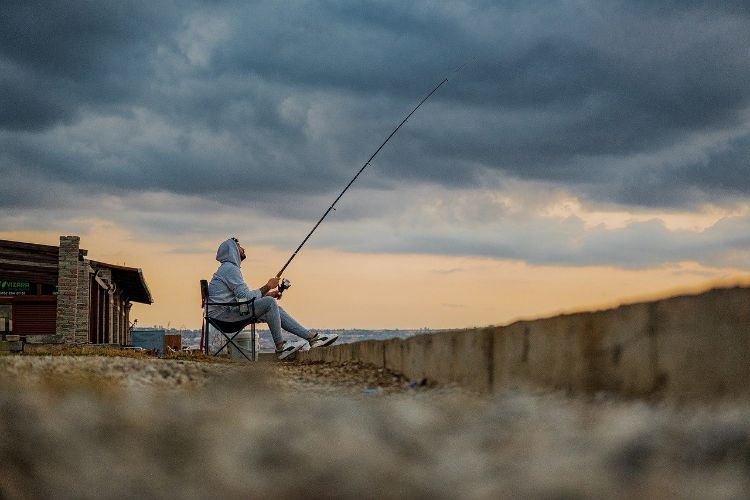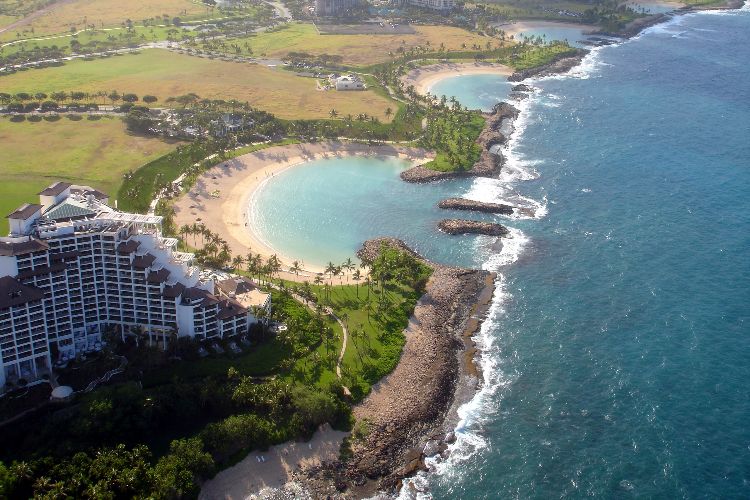

Hawaii stands as a year-round paradise, offering something special no matter when you visit. However, the best time to visit Hawaii depends on what you want to experience.
Whether you’re after sunny beach days, scenic hikes, or spotting majestic whales, timing can make all the difference. Choosing the right season also impacts your budget and the size of the crowds you’ll encounter.
By planning, you can tailor your trip to suit your interests and get the most out of your Hawaiian adventure.
Also, read this: Best Time to Visit Japan: Japan Travel Guide
Hawaii’s Climate Overview
Hawaii enjoys a tropical climate, which means the islands experience warm temperatures year-round. The climate is characterized by two main seasons: a dry season and a wet season.
The tropical nature of Hawaii’s climate means that even during the cooler months, the temperatures remain mild, making it a desirable destination at any time of the year.
Trade winds from the northeast play a significant role in keeping the islands cool and pleasant, with a gentle breeze often present.
Differences Between Wet and Dry Seasons:
Dry Season runs from May to October. During this time, the islands experience less rainfall, particularly on the leeward (western) sides of the islands. This is the best time for sun-seekers, as the skies are mostly clear, and the beaches are perfect for lounging and water activities.
Wet Season occurs from November to April. Rainfall is more frequent during these months, especially on the windward (eastern) sides of the islands, where the trade winds bring moisture from the ocean.
While the rain is more common, it’s often short-lived and followed by sunshine, so it rarely disrupts outdoor plans. The wet season also brings lush greenery, making it a great time to explore the island’s rainforests and waterfalls.
Temperature Variations Across Different Islands and Elevations:
Hawaii’s temperatures are fairly consistent year-round, typically ranging between 70°F and 85°F (21°C to 29°C). However, there are variations depending on the island and elevation:
- Coastal Areas: The coastal regions, where most of the tourist destinations are located, maintain warm temperatures with only slight fluctuations between day and night. These areas are ideal for beach activities, snorkeling, and exploring the vibrant marine life.
- Higher Elevations: As you move to higher elevations, such as on the slopes of Mauna Kea on the Big Island or Haleakalā on Maui, temperatures can drop significantly. It’s not uncommon to experience temperatures near freezing at the summits, especially during the early morning or late evening. Visitors to these areas should be prepared for cooler weather and dress in layers.
Overall, Hawaii’s climate is one of its biggest attractions, offering a mix of sunny beaches, tropical rainforests, and cooler mountain areas, all within a relatively small geographic area. This diversity makes it a versatile destination for travelers seeking a variety of experiences.
Best Time to Visit Hawaii
The best time to visit Hawaii for the best weather are April, May, September, and October. During these months, the islands experience a perfect balance of warm temperatures and lower rainfall.
This makes it an excellent time for outdoor activities like hiking, beach days, and exploring the lush landscapes without the interruption of heavy rain.
The temperatures are comfortably warm, averaging between 70°F and 85°F (21°C to 29°C), providing an enjoyable experience whether you’re lounging on the beach or exploring Hawaii’s natural wonders.
For Surfing:
Hawaii is renowned for its world-class surfing, and the best time to catch the waves depends on which part of the island you’re visiting:
- Winter Months (November to February): This is the prime time for surfing on the North Shore of Oahu, where the waves can reach towering heights, attracting surfers from around the world. However, these waves are best suited for experienced surfers due to their size and power.
- Summer Months (May to September): For those looking for gentler waves, the South Shore of Oahu is ideal during the summer. The waves are more beginner-friendly, making it a great time for those new to surfing or those looking to enjoy a more relaxed surf session.
For Whale Watching:
The peak season for whale watching in Hawaii is from December to April. During this time, humpback whales migrate to the warm Hawaiian waters to breed and give birth.
The sight of these majestic creatures breaching and playing in the ocean is a truly unforgettable experience. Maui, in particular, offers excellent whale-watching opportunities, with many boat tours available to get up close to the action.
For Festivals and Events:
Hawaii is rich in culture and tradition, with numerous festivals and events throughout the year. One of the most notable events is the Merrie Monarch Festival in April, held on the Big Island.
This week-long festival celebrates Hawaiian culture, particularly the art of hula, and is a vibrant display of dance, music, and history. Attending this festival offers a deep insight into Hawaii’s rich cultural heritage.
For Budget Travelers:
If you’re looking to visit Hawaii on a budget, the cheapest months to travel are April, May, September, and October. These months fall outside the peak tourist seasons, meaning you can often find better deals on accommodations, flights, and activities.
The off-peak seasons also mean fewer crowds, allowing you to enjoy a more relaxed and intimate experience of the islands. Despite being budget-friendly, these months still offer excellent weather and plenty of opportunities to enjoy all that Hawaii has to offer.
When to Avoid Visiting Hawaii
Peak Tourist Seasons:
The peak tourist seasons in Hawaii are during the summer months of June to August and the winter holidays from December to March. During these times, Hawaii sees a significant influx of visitors, leading to crowded beaches, busy attractions, and fully booked hotels.
The popularity of these seasons also drives up the cost of accommodations, flights, and activities, making it a more expensive time to visit. If you prefer a more tranquil experience and want to avoid crowds and higher prices, it’s best to plan your trip outside of these peak periods.
Hurricane Season:
Hawaii’s hurricane season runs from June to November, with the highest risk occurring in the late summer and early fall. While hurricanes are relatively rare in Hawaii, they can still impact travel plans with unpredictable weather, including heavy rain, strong winds, and rough ocean conditions.
Even if a hurricane doesn’t directly hit the islands, the threat of one can lead to disruptions in flights and outdoor activities. Travelers should be aware of this season and consider purchasing travel insurance if planning a trip during these months.
Island-Specific Considerations
Oahu
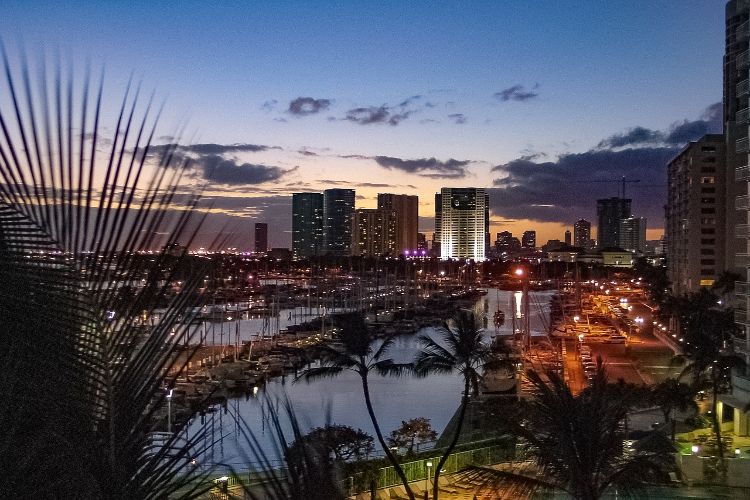
Best Time for Surfing and Exploring the North Shore
The North Shore of Oahu is famous for its legendary surf spots, especially during the winter months from November to February.
This is when the waves are at their biggest, attracting professional surfers from around the world. Even if you’re not a surfer, it’s an exciting time to visit and watch the impressive surf competitions.
For those interested in exploring the North Shore’s beautiful beaches and charming towns, the spring and fall months (April, May, September, and October) offer pleasant weather with fewer crowds.
Maui
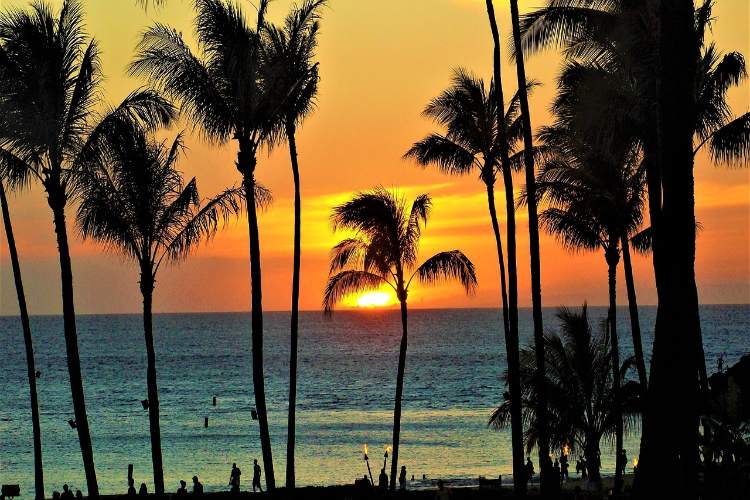
Best Time for Whale Watching and Enjoying the Road to Hana
Maui is one of the best places in Hawaii for whale watching, with the peak season running from December to April.
During these months, humpback whales migrate to Maui’s warm waters, and you can often spot them from the shore or on a boat tour.
For those interested in driving the scenic Road to Hana, the dry season from May to October is ideal, as the roads are less likely to be affected by rain, and the lush scenery is at its most vibrant.
Big Island
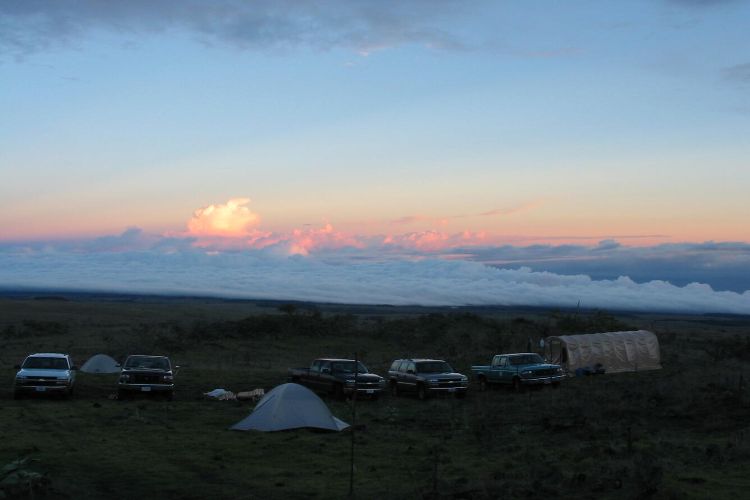
Best Time for Visiting Volcanoes and Stargazing at Mauna Kea
The Big Island is home to some of Hawaii’s most dramatic landscapes, including active volcanoes and the world-renowned stargazing site at Mauna Kea.
The best time to visit Hawaii Volcanoes National Park is during the dry season from April to October when the weather is clear, and hiking conditions are optimal.
For stargazing at Mauna Kea, the cooler months from November to February offer the clearest skies, though it’s important to dress warmly due to the high elevation and cold temperatures at the summit.
Kauai
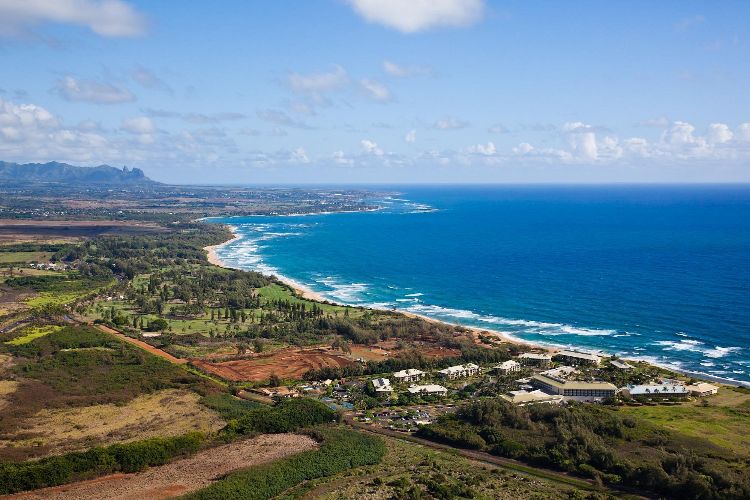
Best Time for Hiking the Nā Pali Coast and Exploring Waimea Canyon
Kauai is known as the “Garden Isle” and is a paradise for hikers and nature lovers. The best time to hike the Nā Pali Coast, one of the most stunning and challenging trails in Hawaii, is during the dry season from May to September.
The weather is more predictable, and the trail conditions are safer. For exploring Waimea Canyon, often called the “Grand Canyon of the Pacific,” the spring and fall months (April, May, September, and October) provide comfortable temperatures and fewer crowds, allowing for a more peaceful experience.
Conclusion
In summary, the best time to visit Hawaii largely depends on what you’re looking to experience. For those seeking the best weather and fewer crowds, the months of April, May, September, and October are ideal.
If you’re a surfer, the winter months from November to February offer the most thrilling waves on the North Shore of Oahu. Whale enthusiasts should plan their trip between December and April, while budget-conscious travelers will find the best deals during the shoulder seasons of spring and fall.
As you plan your trip, consider what matters most to you—whether it’s the weather, specific activities, or budget. By aligning your preferences with the best times to visit, you’ll ensure a memorable and enjoyable experience in Hawaii.
If you want to read more articles like that and gain further information about traveling, please visit our website Omniwrites.com.
FAQs
Q1: What is the best month to visit Hawaii?
The best months to visit Hawaii are April, May, September, and October. These months offer pleasant weather, fewer crowds, and often better prices on accommodations and flights.
Q2: When is the cheapest time to visit Hawaii?
The cheapest time to visit Hawaii is during the shoulder seasons of April, May, September, and October. These months fall outside the peak tourist seasons, providing more affordable rates and fewer tourists.
Q3: Is it worth visiting Hawaii in the winter?
Yes, visiting Hawaii in the winter can be very rewarding, especially for surfers looking to catch the big waves on Oahu’s North Shore or whale watchers wanting to see humpback whales. However, be prepared for higher prices and larger crowds during the holiday season.
Q4: What is the rainy season in Hawaii?
Hawaii’s rainy season runs from November to April, with more frequent rain showers, especially on the windward (eastern) sides of the islands. Despite the rain, there are still plenty of sunny days, and the landscape becomes lush and green.
Q5: Is summer a good time to visit Hawaii?
Summer is a popular time to visit Hawaii, with warm temperatures and excellent conditions for beach activities. However, it is also a peak tourist season, so expect larger crowds and higher prices.
Q6: What should I avoid when visiting Hawaii?
Avoid visiting during the peak tourist seasons of June to August and December to March if you want to steer clear of crowds and higher costs. Additionally, be cautious when traveling during the hurricane season (June to November), particularly in late summer and early fall.
Q7: When is the best time to surf in Hawaii?
The best time to surf in Hawaii depends on the island and location:
North Shore of Oahu: Winter months (November to February) for big waves.
South Shore of Oahu: Summer months (May to September) for gentler waves.
Q8: What is the best island to visit in Hawaii during the spring?
Maui is a great island to visit during the spring, especially for whale watching and driving the Road to Hana. The weather is pleasant, and the crowds are thinner compared to the summer.
Q9: How is the weather in Hawaii during fall?
Fall weather in Hawaii (September and October) is typically warm and dry, making it an excellent time to visit. It’s also a quieter period with fewer tourists, offering a more relaxed experience.
Q10: Can I hike the Nā Pali Coast year-round?
While the Nā Pali Coast can be hiked year-round, the best time to do so is during the dry season (May to September). The trail is safer and more enjoyable when the weather is predictable and the conditions are dry.

